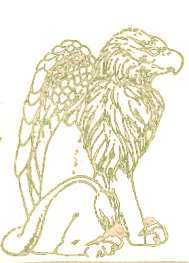Search for ferns by common name, latin name, USDA Zone, or by keywords like whether the fern is Evergreen, Sub-Evergreen, Semi-Evergreen, Deciduous, or Wintergreen or just browse our current fern selections.
Hart's Tongue Fern (Asplenium scolopendrium)
Hart's Tongue Fern (Asplenium scolopendrium)
The English "scolly" has given rise to an amazing range of innovative forms. They all begin from this simple shiny lanceolate strap, which resembles a long, green tongue. The sausage-shaped lines of the sori bear a fanciful resemblance to the feet of a centipede, hence the species name which comes from the Greek term for that creepy crawler, "scolopendra". Site this fern in well drained yet moisture retentive soil. Found in lime rich areas, they are adaptable to acid conditions if some form of calcium is added to the soil. To keep things basic merely incorporate some small chunks of concrete rubble, crushed eggshell, or fireplace ashes in the planting area. These ferns thrive in the chinks of dry stack rock walls or tucked up under a rocky overhang. Filtered light is best to keep them a deep rich green as too much sun will yellow them.
There are many suitable companions for these ferns including such east coast natives such as Anemonella thalictroides selections and Hepatica species and cultivars. These are diploid forms from England. Although the subsp. americanum occurs in the eastern US that it is a tetraploid and, surprisingly with a doubled number of chromosomes, a much more difficult form to grow. This fern does not do well in areas with HOT, HUMID SUMMERS!
Frond Condition: Evergreen
Mature Height: 1-2'
Origin: England, Europe
Cultural Requirements: Partly Shaded, Full Shade, Evenly Moist, Slightly Moist, Calcium* (*these ferns prefer alkaline soils; in acid environments they will greatly benefit from crushed egg shells, concrete rubble, or crushed oyster shells mixed into the soil)
USDA Zones: 6, 7, 8, 9










